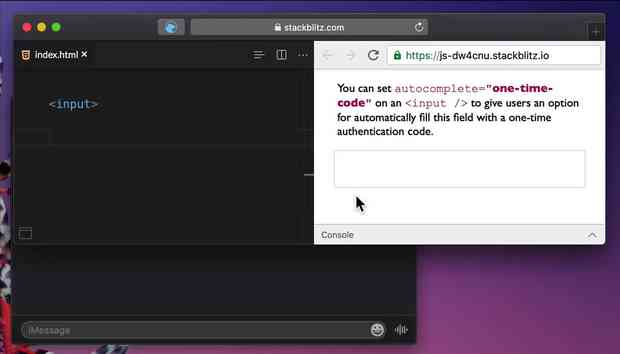#HTML
-
The failed promise of Web Components – Lea Verou
A spot-on summary of where we’ve ended up with web components.
Web Components had so much potential to empower HTML to do more, and make web development more accessible to non-programmers and easier for programmers.
But then…
Somewhere along the way, the space got flooded by JS frameworks aficionados, who revel in complex APIs, overengineered build processes and dependency graphs that look like the roots of a banyan tree.
Alas, that’s true. Lea wonders how this can be fixed:
I’m not sure if this is a design issue, or a documentation issue.
I worry that is a cultural issue.
Using a custom element from the directory often needs to be preceded by a ritual of npm flugelhorn, import clownshoes, build quux, all completely unapologetically because “here is my truckload of dependencies, yeah, what”.
-
A Modern CSS Reset - Andy Bell
Some very smart ideas in here for resetting default browser styles, like only resetting lists that have classes applied to them:
ul[class], ol[class] { padding: 0; }I select only lists that do have a
classattribute because if a plain ol’<ul>or<ol>gets used, I want it to look like a list. A lot of resets, including my previous ones, aggressively remove that. -
I find it fascinating, and beautiful even, that no matter what tech stack/libraries we use, everyone's goal is creating markup - the thing that allows us to use the web. I'm always surprised how some don't care very much how markup is structured. #html #a11y #accessibilitymatters
-
Writing HTML in HTML (john.ankarstrom.se)> But how can I then keep the style and layout of all my posts and pages in sync?
> Simple: don’t! It’s more fun that way. -
The Cult of the Complex (alistapart.com)"Complexity is good for convincing people they could not possibly do your job. Simplicity is good for everything else."
-
On AMP for Email by Jason Rodriguez
Philosophically, I’m completely against Google’s AMP project and AMP for Email, too. I will always side with the open web and the standards that power it, and AMP is actively working against both. I’m all-in on a faster web for everyone, but I just can’t get behind Google’s self-serving method for providing that faster web.
-
syndication formats - anil dash - archives (web.archive.org)> for something as simple as syndication and distribution, HTML already has an overwhelming advantage over any nascent formats
> It would make subscribing to a site easier, since one wouldn't have to find the URL of the RSS feed. The URL of the weblog itself would be what you wanted. How nice.

